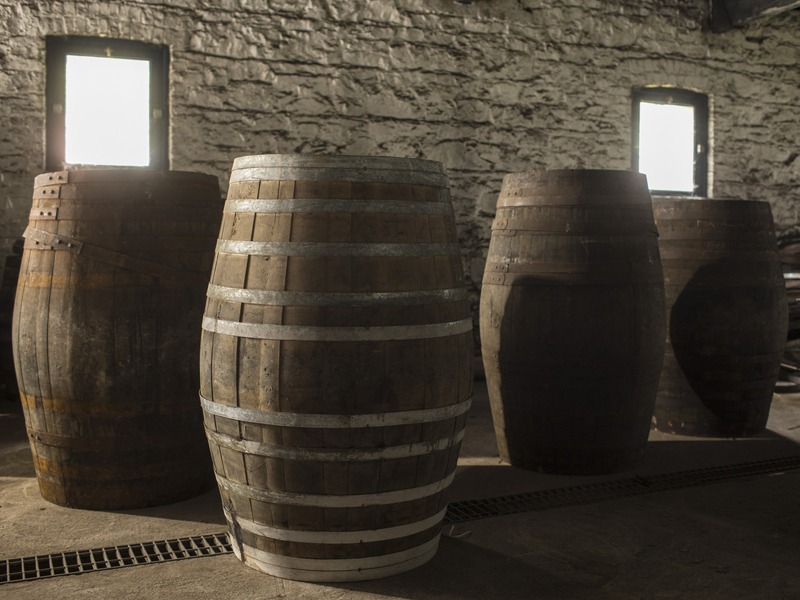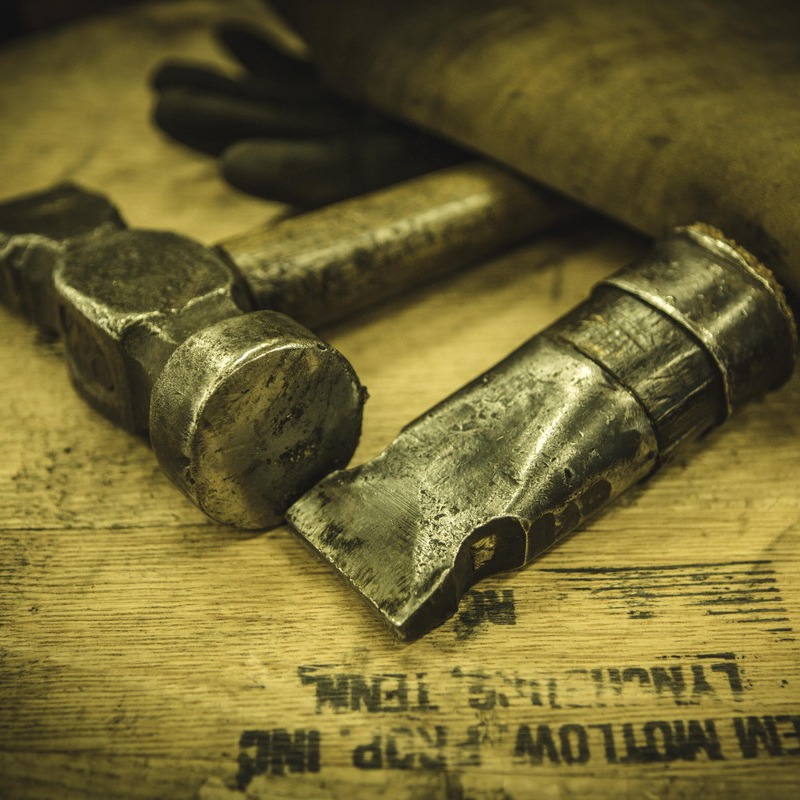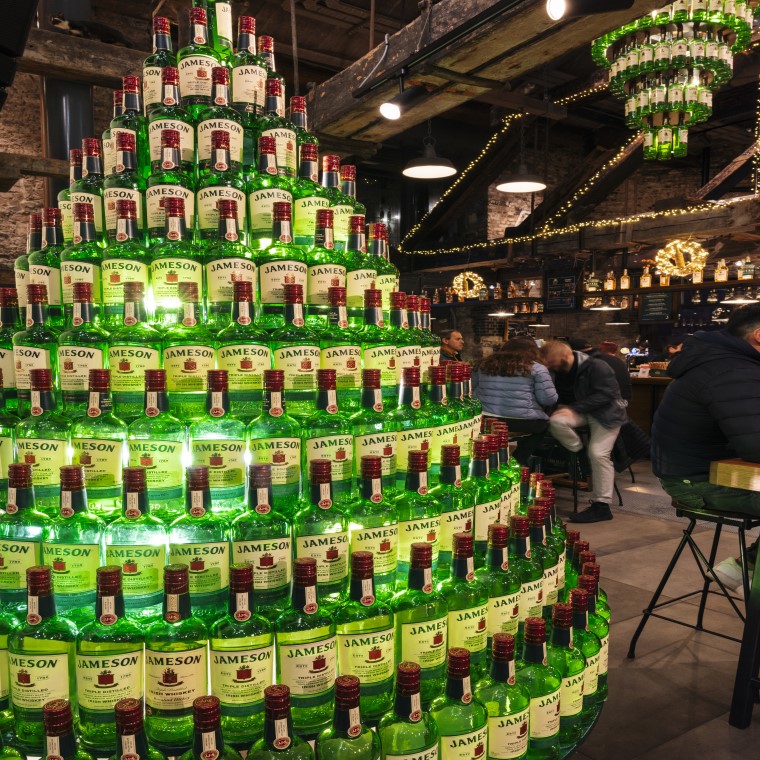
How to Say Cheers in Irish?
When people search how to say cheers in Irish, they’re not just after a translation — they’re chasing a piece of Irish culture that connects language, warmth, and a perfectly poured glass of whiskey.
Whether you’re planning an Irish celebration, visiting the Emerald Isle, or just raising a glass of Jameson at home, knowing how to say cheers in Irish Gaelic (more commonly known as simply, ‘Irish’ or ‘Gaeilge’) turns an ordinary toast into something special. It’s not just a phrase, it’s a ritual. One tied deeply to Irish identity, hospitality, and whiskey culture itself.
Let’s explore what it means, how to say it, and how to toast like a true local, with a few additional Irish drinking traditions along the way.
What Does “Sláinte” Mean?
So, how do you say cheers in Irish? The word for “cheers” in Irish is Sláinte — pronounced “slawn-sha.” This is a classic and most common cheers in Irish Sláinte moment you’ve probably heard in pubs, films or just when in the company of Irish people or people of descent.
In Gaelic Irish, Sláinte literally means “health”.
In the context of a drink, it’s shorthand for “to your health.” It’s used in toasts, celebrations, and everyday conversations across Ireland and anywhere the Irish gather.
Many countries around the world use the word for ‘health’ instead of a word like ‘cheers’ but as we know, it’s not just a toast; it’s a wish. Like many countries, in Ireland when we use the word Sláinte, we are hoping that those we share a drink with live long and happy lives. It’s a tiny Irish saying that carries generations of goodwill, camaraderie, and craft, much like a bottle of Jameson itself.
How to Pronounce Cheers in Irish (with Confidence)
If you’ve ever Googled how to pronounce cheers in Irish and found five different answers, you’re not alone. Irish spelling can be tricky for non-native speakers, and pronunciations differ slightly depending on the Irish dialect being spoken.
The two most common ways to pronouce Sláinte are “slawn-sha” or “slawn-tcha”. Both are perfectly fine no matter where you are in Ireland (or the world for that matter) and everyone who needs to know, will understand perfectly what you’re saying. In some case you might hear a pronunciation closer to “Slaan-tche”; this is also correct and is a more common pronunciation for Irish people from the northern parts of Ireland.
The accent over the “á” is called a fada, and yes, it matters. It changes the pronunciation and gives the word an elongated vowel sound. For example: Slainte = slane like pain. Sláinte = slawn like fawn.
And just to confuse you a little further, you might also hear Irish people use the word Slán (pronounced slawn) when they leave a pub or bar. Slán is the Irish word for “Goodbye”, and another great way to add a little more Irish to your vocabulary.
Look at you, you’ve just learned two very common Irish words for the price of one. We always knew triple distilled Jameson Irish Whiskey provided a lot of bang for the buck, but here it is in black and white (green and cream if you’re on the website).
Pronunciation Tips – break it into syllables: slawn (rhymes with fawn) + sha/tcha (soft and quick).
If you’re practicing for your next Irish celebration, keep in mind that Irish pronunciation doesn’t always follow English phonetics. So, don’t stress about perfection, effort and enthusiasm matter most.

Other Irish Toasting Variations
Now that you’ve got the basics, let’s explore a few variations of the classic Irish toast.
• Sláinte mhaith (slawn-che wah) — “Good health”
• Sláinte chugat (slawn-che khug-ut) — “Health to you” (singular)
• Sláinte chugaibh (slawn-che khug-iv) — “Health to you” (plural)
They’re not as common in casual drinking customs, but they’re part of the charm of Irish sayings, and show you know a little more about the Irish language then meets the ear.
Cheers in Irish & Sláinte in Everyday Use
In Ireland, cheers in Irish slang goes beyond the glass. Among friends, you might hear a cheerful “Sláinte, lad!” or just a relaxed “cheers,” especially in cities like Dublin or Cork.
Modern Irish pub etiquette mixes English and Irish freely. It’s not uncommon to hear a group toasting in English one round and Gaelic Irish the next. Either way, Sláinte remains the go-to simple, meaningful, and rooted in tradition.
So, whether you’re trying Jameson cocktails at home or sharing a pint in your local, you’re participating in one of the most enduring Irish drinking traditions there is.
Toasting Etiquette in Irish Culture
Let’s talk manners, or more appropriately, Irish pub etiquette. A good toast is all about timing, eye contact, and intention.
Here’s the insider’s guide to Irish drinking customs:
• Raise your glass before you sip – never after.
• Make eye contact – it’s friendly, not formal. Your don’t need to do what the Germans do and stare into the soul of the person across from you.
• Clinking glasses is optional but common (and fun).
• Always say the cheers first; it’s bad form to drink before the toast.
In a pub, it’s lighthearted and easy-going; at a wedding, it’s warm and heartfelt. Either way, the point isn’t perfect grammar, it’s connection.
And once you’ve mastered the cheers in Gaelic Irish, you’re ready for the next lesson: how to drink whiskey like a pro— responsibly, of course.

When to Use “Sláinte” (And When Not To)
You can use Sláinte anytime you’re celebrating something special — or just enjoying the small stuff:
• St. Patrick’s Day festivities
• Weddings and birthdays
• Family dinners or casual nights out
• Tasting one of the Jameson whiskey family at home
Don’t use Sláinte when:
• Touching gloves before a boxing match
• Eating left-overs for one
• Bowling a strike
• Comparing paint colours
It’s a word that fits almost any moment of connection. Just steer clear of using it sarcastically or out of context, Irish people, value sincerity, even in a laugh.
Sláinte to Culture, Connection & Craft
Learning how to say cheers in Irish is more than picking up a phrase; it’s language, it’s hospitality, it’s heritage and it’s best use with something also crafted in the Irish tradition, like a certain whiskey that’s made to be shared.
So next time you raise a glass, say it with heart: Sláinte.
Explore Our World to discover more about Irish sayings, whiskey culture, and the traditions that make Ireland’s spirit as warm as its welcome.
More in the Irish Toast
How do you say cheers in Irish?
The most common way to say cheer in Irish is Sláinte, pronounced “slawn-sha.” It’s used in pubs, gatherings, and every kind of Irish celebration imaginable.
What does “cheers” mean in Ireland?
In Ireland, cheers means the same as anywhere; a wish for good health and happiness.
How to pronounce cheers in Irish?
Say “slawn-sha” (or “slawn-tche”).
When should you use “Sláinte”?
Use it during toasts, and when sharing whiskey among friends. It’s a versatile word that fits every Irish toast.
Are there different ways to say cheers in Irish?
Yes, of course. Try Sláinte mhaith (“good health”) or Sláinte chugat (“health to you”). Another one you might hear is “Go beirimid beo ag an am seo arís”, a common Irish toast, asking/hoping that all those toasting are “alive at this time again”. It’s quite common, and sounds more morbid than it is. It’s more akin to saying, “I hope to see you all again next year”.
Sláinte — and remember: celebrate responsibly, savour the craft, and share the spirit of Ireland one toast at a time.






